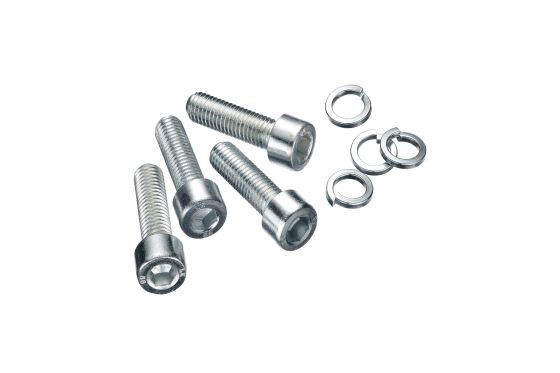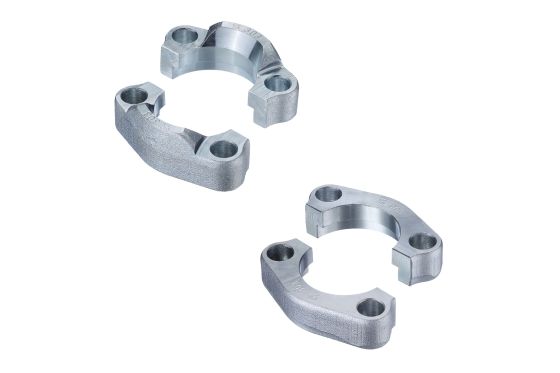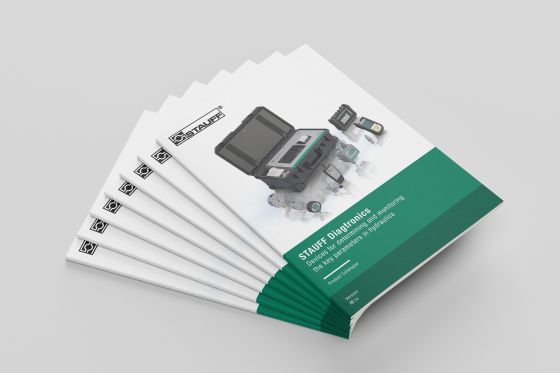Strength of Bolts for SAE Flanges
Adjustment of the standard strength class of bolts for SAE flanges from 8.8 to 10.9

For SAE flanges supplied as a set with bolts, STAUFF changes the standard strength class for bolts made of steel (blank, oiled) to 10.9. This is done in accordance with the applicable standards ISO 6162-1 and ISO 6162-2.
The bolts of strength class 8.8 previously supplied are therefore no longer part of the standard product range until further notice.
With bolts of strength class 10.9, higher operating pressures can be achieved compared to strength class 8.8. For STAUFF SAE flange clamps of types BM, BM-G and BM-FL as well as SAE flange halves of types DB and DB-FL in the high-pressure series (6000 PSI), this corresponds to an increase of the maximum permissible operating pressure from 420 bar (according to standard specification) to 500 bar. This is also confirmed by burst and impulse tests in accordance with ISO 19879 at the STAUFF Technology Centre.
The changeover will take place gradually from January 2022 onwards. Existing article designations and numbers will change. An updated product catalogue will be published in due course.
Strength classes of bolts and screws
According to DIN EN ISO 898-1, the identification of the tensile strength class for standard steel bolts and screws consists of two figures separated by a point. The first figure, called the strength index, is equal to 1/100 of the nominal tensile strength in N/mm². The second figure, known as the yield point ratio, is ten times the ratio of the yield point to the nominal tensile strength.
A bolt of strength class 10.9 has a nominal tensile strength of 1000 N/mm² and a yield point of 900 N/mm².
The adjustment does not result in any changes with regard to dimensions, handling and application of the components. The only change is that the tightening torques specified in the standard must be taken into account during assembly.

STAUFF Newsletters
Receive automatic e-mail notifications about latest news from STAUFF





